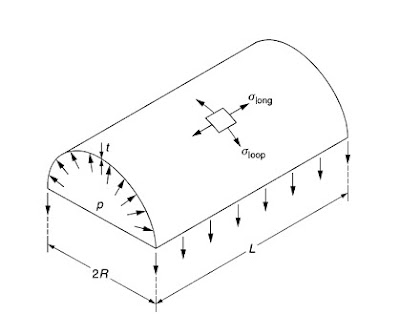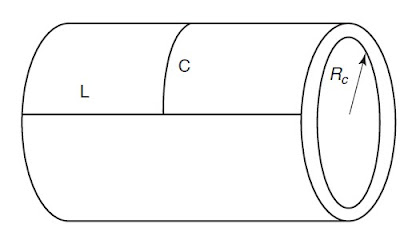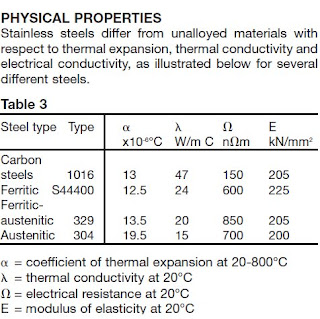Effect of Mill undertollerance on Shell thickness calculation
Unfortunately, ASME VIII Div.1 doesn’t give a clear picture, whether to add the undertollerance in the min. required thickness as calculated by ASME VIII Div.1
ASME VIII Div. 2, give a clear cut understanding on this issue, can clears all ambiguity. (Clause 4.1.3)
The explanation goes as under
Mill Under tolerance. Plate material shall be ordered not thinner than the minimum required thickness.Vessels made of plate furnished with an under tolerance of not more than the smaller value of 0.3 mm (0.01 in.) or 6% of
the ordered thickness may be used at the full maximum allowable working pressure for the thickness ordered. If the specification to which the plate is ordered allows a greater under tolerance, the ordered thickness of the materials shall be sufficiently greater than the design thickness so that the thickness of the material furnished is not more than the smaller of 0.3 mm (0.01 in.) or 6% under the design thickness.
{The underline sentence is very clear, if they are in this limit, no need to add the allowance in calculation, which as per II-A, need to be part of purchase specification, and purchaser has to bid by it}
Pipe Under tolerance. If pipe or tube is ordered by its nominal wall thickness, the manufacturing under tolerance on wall thickness shall be taken into account. After the minimum wall thickness is determined, it shall be iincreased by an amount sufficient to provide the manufacturing under tolerance allowed in the pipe or tube specification.
{Again, this is very clear, we need to take this in account in our calculation}
So, Bottom line
If the shell is made from Plate (Rolled) and if purchase specs for Plate as per ASME II-A, then the vendor is binded to supply material within these limits, and we need not to consider additional allowance. But if your shell is made from Pipe, then you need to consider the 12.5% tolerance during calculation of thickness!
Hope this will help.





Design : 2 : Shell (External Pressure)
External pressure can be due to internal negative Pressure, or external loading like wind, earthquake etc. or live load, snow load etc.
One can design Pressure vessel for either sever combination of various load or for most possible occurrence of load combination.
Load combinations are given in respective ‘Building Code’ like API, UBC, IS etc.
Yes, If you noticed I’ve said ‘Building Code’, why? as most of these loading decides how the pressure vessel, and if it fails, it can harm the occupants. hence design of such loading will be governed by building codes.
These Building code will give su way to calculate loading on tank/vessel, and then our design code like ASME, BS,EN will tell us how to derive the thickness from them.
one should note that, nearly all the design code talks about +ve Internal pressure & -Ve internal pressure & its design rules, but none of the code talk about how to do thickness calculation for the loads specified above.
In latest edition of ASME it does talk about these loading, and ask user to use Engineering practices to calculate loadings (UG-22), loading listed in this sections are
(a) internal or external design pressure (as defined in UG-21);
(b) weight of the vessel and normal contents under operating or test conditions;
(c) superimposed static reactions from weight of attached equipment, such as motors, machinery, other vessels, piping, linings, and insulation;
(d) the attachment of:
(1) internals (see Appendix D);
(2) vessel supports, such as lugs, rings, skirts, saddles, and legs (see Appendix G);
(e) cyclic and dynamic reactions due to pressure or thermal variations, or from equipment mounted on a vessel, and mechanical loadings;
(f) wind, snow, and seismic reactions, where required;
(g) impact reactions such as those due to fluid shock;
(h) temperature gradients and differential thermal expansion;
(i) abnormal pressures, such as those caused by deflagration;
(j) test pressure and coincident static head acting during the test (see UG-99).
In next section, we will discuss how to calculate final thickness of a vessel considering all loadings
Share this:
Like this: